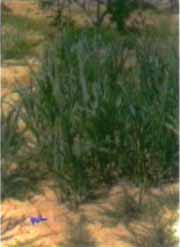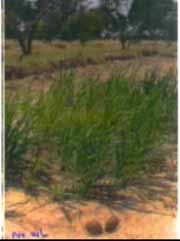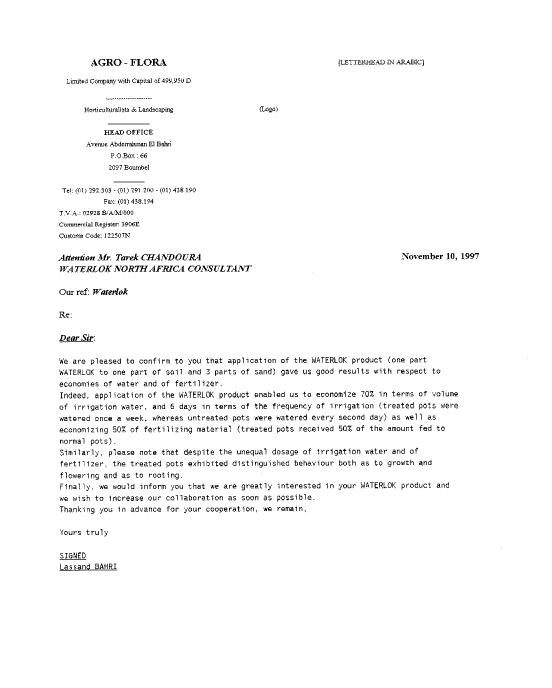
Water-Lok was invited into Tunisia in 1997. While there test plots were done under the Ministry of the Environment.
Soils that were tested ranged from the sandy soil in the south to heavy Clay soils in the north.
In the South, water savings reduction that was achieved was up to 80% over their current water usage. The experimentation's were so outstanding that the University of Ghent, Belgium took and interest in Water-Lok and two thesis's were written on the subject.


